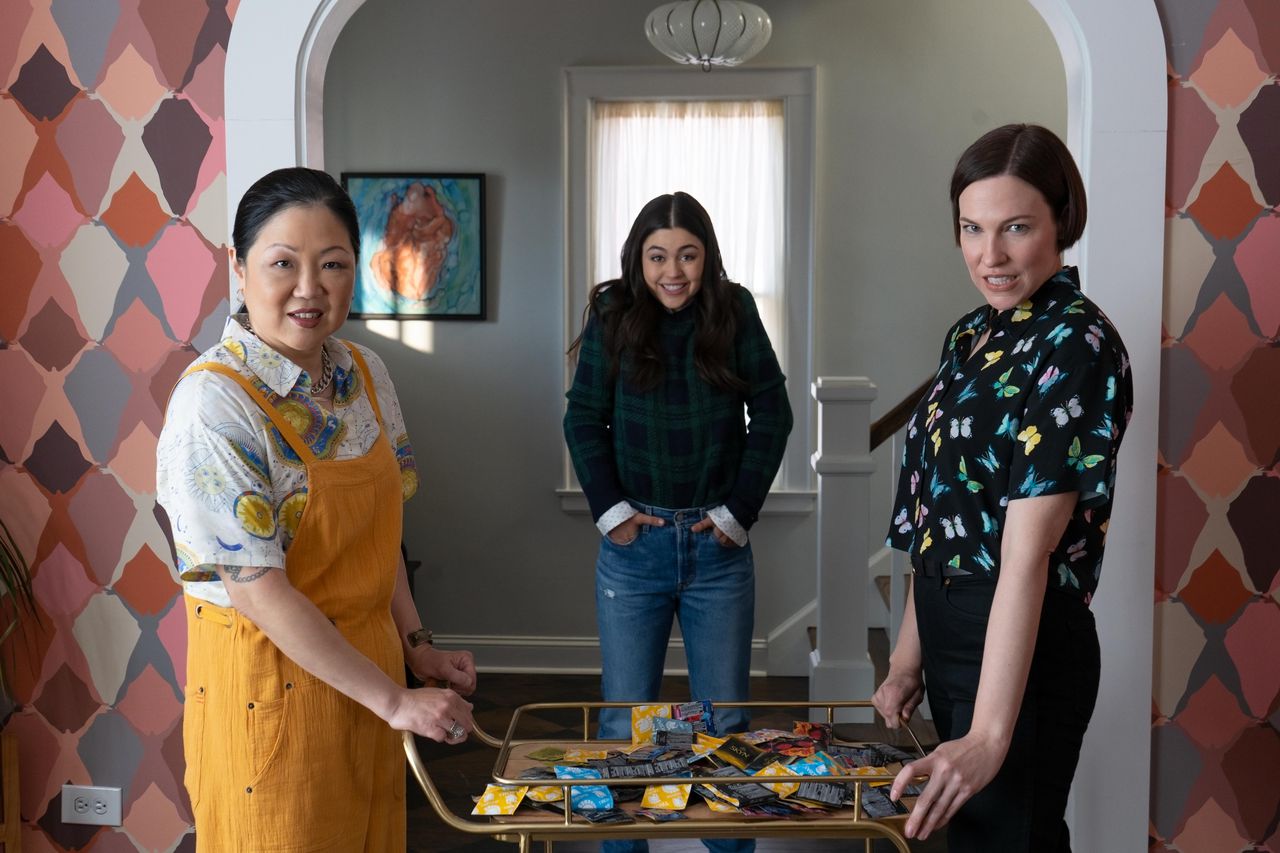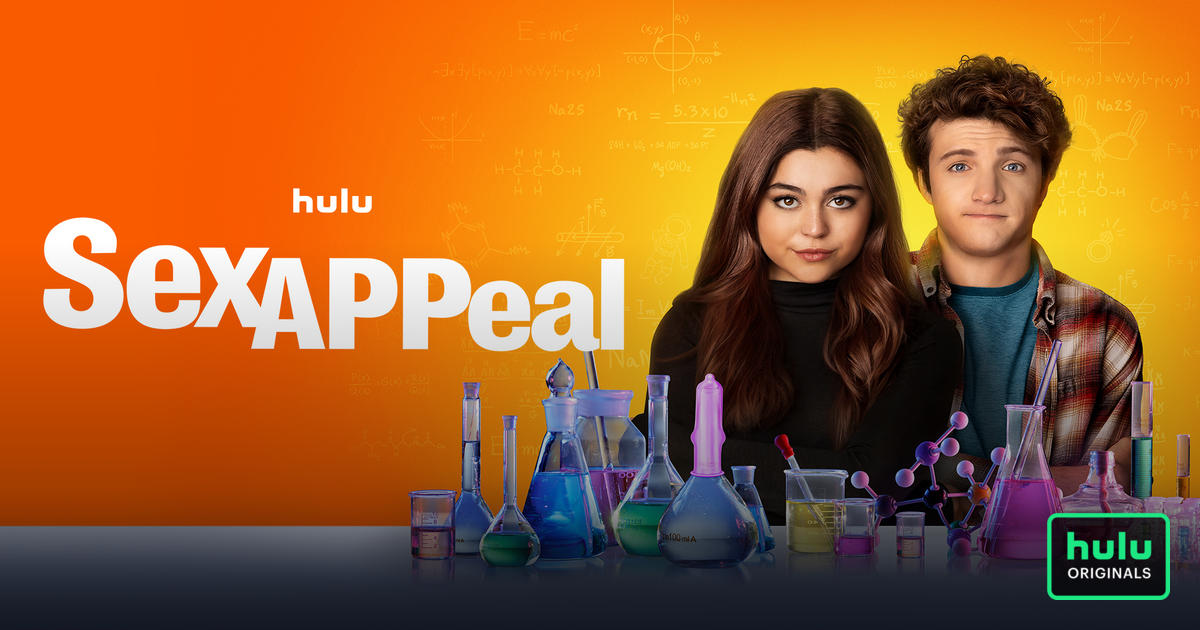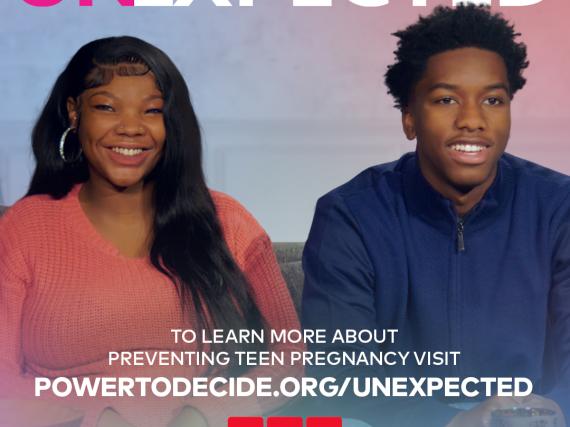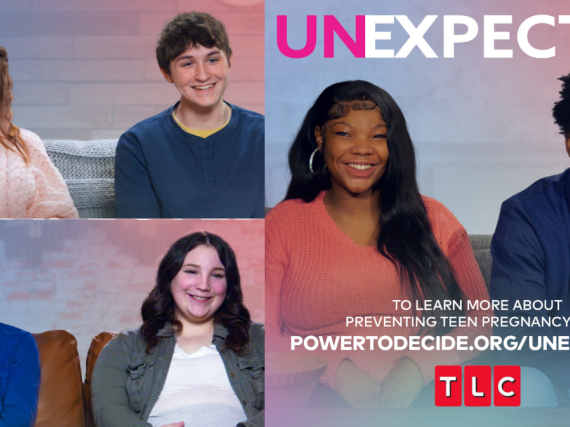7 Ways ‘Sex Appeal’ Demonstrates That #TalkingIsPower
If you haven’t checked out the newest teen romance movie, Sex Appeal, on Hulu yet, be warned that this article includes major spoilers for the plot.
As a thirty-something I grew up watching movies like A Cinderella Story and 10 Things I Hate About You. While both are undeniable classics, neither set out to break new ground or redefine the boy-loves-girl, girl-loves-boy, boy-and-girl-have-misunderstanding trope so common in this genre of film.
But from the very beginning, Sex Appeal does just that. Avery has three moms and a good relationship with all of them. She loves STEM, has a full ride to MIT, is maintaining a 5.0 GPA, and has a boyfriend. She doesn’t need a make-over or a glow up to become something different before people like her.

Here are 7 other great things that Sex Appeal does that never happened in the movies I watched as a teen:
- In a flashback in the first five minutes of the movie we see Avery as a toddler using the correct names for her reproductive anatomy! The movie reinforces at every step of Avery’s journey that her moms support her and have always valued ensuring that their daughter is well-informed with facts.
- Mama Suze isn’t afraid to start important conversations. When Avery struggles to tell her what she’s freaking out about, Mama Suze says, “You and Casper are ready to have sex.” There’s no shame in her statement, it’s just that—a statement and a way to open the conversation.
- Even though Avery is slow to realize that in addition to learning how to give a partner pleasure that she needs to learn what gives her pleasure, she doesn’t have any shame around the idea of female pleasure and neither do any of the other teens she talks to about sex or masturbation. It’s also clear that she never questions that both partners in a sexual situation getting off is fundamental to a successful experience.
- After Avery and Larson agree to start her experiment together, they practice explicit consent. They discuss what they plan to do before anything happens as well as check in throughout their experiments to make sure that the other person is still ok with how things are progressing. Plus, Avery’s final app lists giving and receiving consent as number three when you ask, “Spock, how do you have good sex?”
- When Avery and Casper have sex at STEMCon she doesn’t pretend to orgasm or that she’s getting pleasure from their attempt just to make him feel good. And he doesn’t pressure her to keep going to try again once it’s clear that she’s not into it.
- When they’re 14, Larson made a move, got rejected (painfully), and was ok with it. He transitioned back to just being friends. Then after their experiment ended in him catching feelings that Avery doesn’t return in the way he needs he’s ok with itthat too. “This grew for me. It didn’t grow for you. And that—that just sucks.” But he also knows that it’s ok for him to tell Avery that he can’t be her friend again right now and he sets a boundary, showing her out of his room.
- After Avery learns that Larson doesn’t want to go to prom with her, Carlson, the sex ed teacher, tells her that sometimes when a “friendship that goes beyond friendship” ends there’s no saving it and you just have to learn from the experience for the next time.



